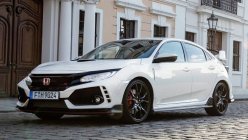In recent times, the traffic demand in Metro Manila is around 12.8 million trips. While 69% of that amount is made using our available public transportation like jeepneys, buses, the LRT and the MRT, a significantly lesser portion is done through driving or riding private vehicles.
And yet this mode of transport, the private mode, takes up 78% of road space. Now why is that? And what will happen because of that? This article on Philkotse.com will seek to find answers.
Traffic Congestion: What does it mean?
Traffic congestion is a state wherein transport is slowed, and more vehicles are queueing on a given road. Though congestion is a possibility regardless of what mode of transport you’re using, we’ll focus only on the current automobile road traffic here in the Philippines.
There’s also a mathematical definition or meaning wherein congestion is perceived as the number of vehicles passing through a road in a given window of time, or simply a stream. And that stream will come with its own properties like speed, density, and flow.
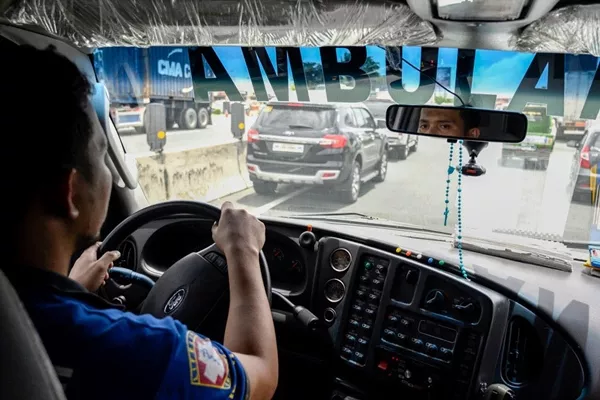
Traffic congestion meaning the late delivery of goods and even the delayed response times of emergency services like firetrucks and ambulances
When the demand of a road increases more than its capacity, like when supercooled liquid is forced through a pipe, it creates several effects on the individual properties we’ve mentioned. Speed is decreased, density also increases, and flow lessens. If it gets really worse, then it will become something colloquially known as a traffic jam.
>>> Read more: 5 Interesting Things About Traffic That You Probably Didn't Know
Traffic Congestion: Causes
There are a number of ways traffic congestion is caused. First is when the demand for a space becomes greater than what is available. This is what’s called saturation and there are a number of theories as to why this happens.
1. People often live far away from where they work
In the Philippines and in many other countries, people often live far away from the area they work. This is especially true in Metro Manila where a great many corporations are centered in a number of locations within urban settings like Bonifacio Global City, Ortigas CBD, Makati Business Center (Ayala), Rockwell Center, Alabang, Pasay, and Triangle Park in Quezon City. In other parts of the Philippines, there’s Metro Davao and Metro Cebu.
>>> Worth to note: 10 roads expected to get worse traffic in Metro Manila this 2019
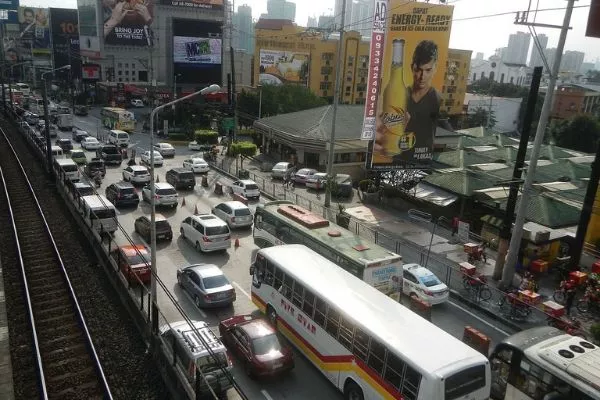
And one major pathway to those places is of course EDSA.
Now those places we’ve listed have a few condos and even fewer apartments located within their respective areas. And those are expensive. As such, it is common for people to live outside those business centers. As such many people commute to and from these business centers daily.
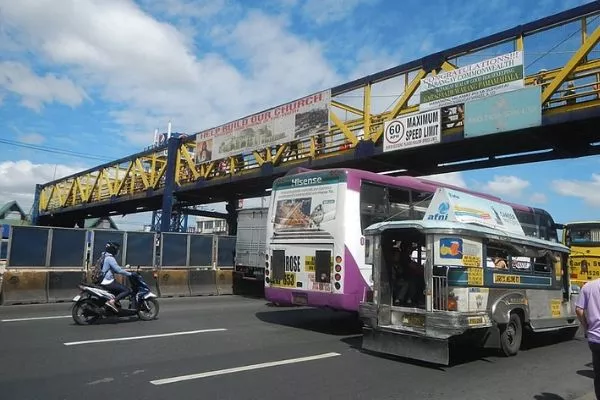
Working in BGC while living as far away as Fairview is common.
2. Economic Theory
- Roads here in the Philippines is a perfect example of “the tragedy of the commons.” Our roads, like EDSA, is free to use. Hence, there is little incentive for people who own cars not to use the hell out of it. The same goes for other roads of course.
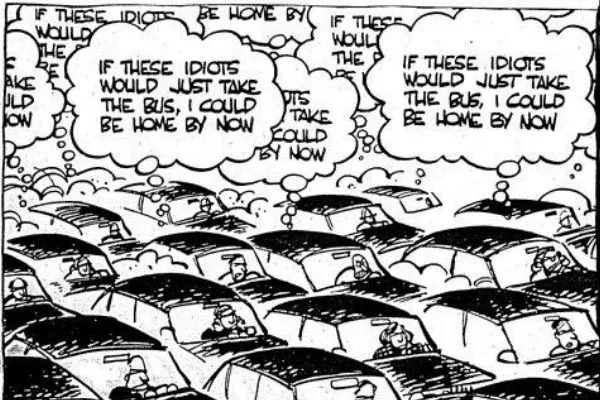
"king of the road says you move too slow" - King of the Road, Fu ManChu
- According to Anthony Downs, an Economist, rush hour traffic congestion is unavoidable. It is the direct consequence of having the standard work schedule that we all know too well. He also says that roads are like goods in a capitalist economy. They can either be had by paying or through a first-come first-serviced policy. Traffic congestion of course is akin to the latter.
- According to researchers from London School of Economics and University of Toronto, there exists a “fundamental law of road congestion” wherein building and widening new roads will also cause traffic density to rises up once again to previous levels. This was done by determining the number of vehicle-kilometers traveled or VKT which they saw increases proportionally to the lane-kilometers available on roads.
3. Urban Planning Problems
As we’ve mentioned in our post on 5 major causes of traffic in the Philippines, urban planning here in our country isn’t that good.
The layout of Metro Manila, Metro Cebu, Davao City and Cagayan de Oro lacks the foresight to account for the massive increase in density of population. And yes, they also didn’t think to account for the future increase of both PUVs and private vehicles which was of course a result of better jobs due to better education, etc.
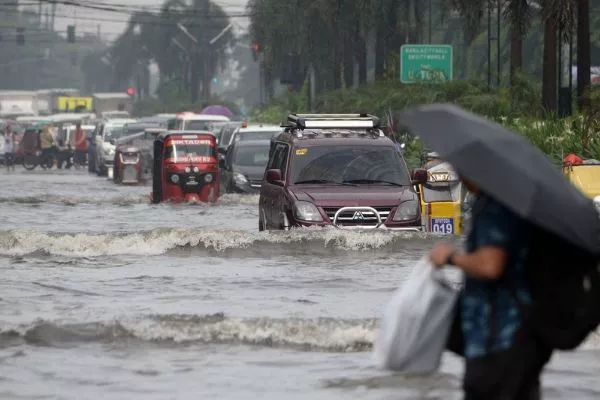
There's also the lack of basic stuff like drainage and sewers to handle events like flooding.
In Metro Manila’s case, urban areas within the capital saw a 1.8% population growth back in 2000-2001. Most assuredly, that growth was much more significant in the years leading up to the present. This was a result of people from nearby towns and provinces coming to the Metro to get better jobs, better health care, etc.
Also, there’s a large dependence on road-based public transport, both public and private. Why? Well the MRTs and LRTs are always so full so who could blame people on using these right?
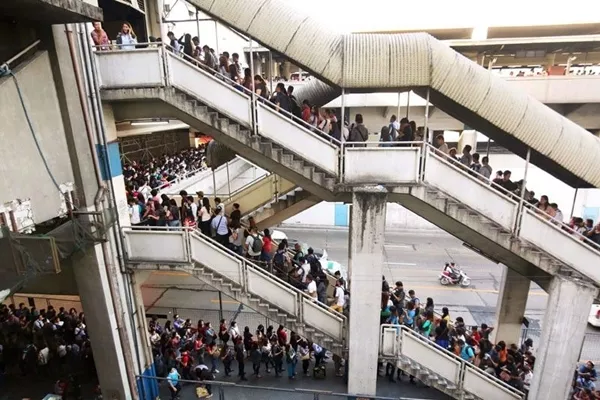
Uneasy experiences when it comes to publis transport as well
>>> For your further reference:
- The PUV Modernization Program in the Philippines: Facts You Need to Know
- 5 facts you should know about the Philippines PUJ Modernization Program
4. Mathematical theories
According to many traffic engineers, vehicular traffic is like fluid. As such, that means that fluid dynamics can be applied to traffic flow. One example of this is when heavy but still flowing traffic is suddenly jammed due to small events from a lane stealing driver to a broken-down car. The consequences of those will flow down the road just like a ripple on water.
The Simple Solution to Traffic
Traffic congestion: Negative Effects
Here are a number of negative effects of traffic congestion:
Fender-benders and collisions are more prevalent due to the constant stop and go traffic as well as the tight spacing.
Opportunity Cost or the waste of time as you cannot be productive while stuck for traffic. As such, the economic health of a region is reduced.
Traffic from main roads like EDSA will sometimes spillover to secondary roads and many of these are residential roads. This will affect the peace and quiet of a neighborhood and will sometimes even negatively impact real estate prices.
Delays. Due to traffic, it is common to see the delivery of goods arriving late, late students, and of course, late employees. The very worst example of this however is the delayed response times of emergency services like firetrucks and ambulances because if you delay these, it will result in deaths.
Being stuck in traffic also causes wastage of fuel which in turn contributes to more carbon dioxide emissions. Cars typically burn more fuel when accelerating from a stop afterall.
Road rage. We Filipinos are especially familiar with road rage. Some instances will start innocuously enough with rude gestures but this will sometimes result in aggressive unsafe driving. More often than not, when an opportunity for it is presented, those under the effects of road rage will become implicated in assaults, vehicular collisions, and even outright murder. Shootings here to due road rage is common.
Economic Loss is also a huge negative effect of traffic congestion. According to the Japan International Cooperation Agency or JICA, Cebu will lose as much as Php 3.5 billion everyday if their traffic problem isn’t remedied. Currently Metro Manila is losing around Php 3 billion each day.
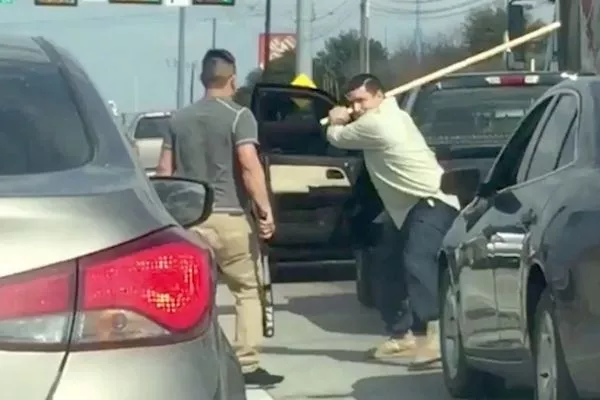
A screenshot of one of the best road rage duels ever captured on video.
Traffic Congestion: Solutions
Here in the Philippines, there are already a number of schemes being enacted as potential solutions of our traffic congestion problem. One is the Unified Vehicular Volume Reduction Program or number coding scheme.
Another is the continuous operation of the Metropolitan Manila Development Authority (MMDA) who currently is handling transport and traffic management. There’s also the U-turn scheme and a number of others.
As of 2019 though, we need new solutions for tackling traffic congestion here in the country as it appears that those, we’ve listed above have either lost their effectiveness, or are simply not enough.
1. Urban Planning and design
- Impose car free days in specific areas of major cities.
- Zoning laws which makes mixed-use development mandatory especially on business centers. For example, build more affordable housing within Ortigas CBD. This encourages people to not buy more cars. This might also encourage the establishment of cycling infrastructure.
- While it might be too late, using a grid plan including a fused grid road network topology rather than the messy network topology that Metro Manila currently uses. This will help reduce traffic on arterial roads like EDSA.

Acquiring the right of way for an EDSA expansion project would be next to impossible though.
2. Reduction of demand (i.e. motivations for using cars)
- More parking restrictions.
- Road pricing, for examples, implementing a toll on EDSA.
- Incentives to use public transport.
- Incentives to use bicycling or motorcycles.
- Impose flexible work schedules and telecommuting.
- Promotion of online shopping.

If you have Wifi, you can work from anywhere. Yeah!!!!
3. Increase of Supply (more roads and capacity enhancement)
4. Traffic Management
Congestion can also be reduced by using Intelligent Transportation Systems. These include:
- Parking guidance and information systems.
- Automatic highway systems. (Very futuristic and not likely to happen anytime soon)
- Automatic Traffic congestion detectors
Make sure to visit our website every day for more tips and advice with regards to driving here in the Philippines.
---
Sources:
Critical Mass – Ball, Philip, ISBN 0-09-945786-5
"Busina: Current State, Alternatives and Emerging Filipino Values on Metro Manila Traffic | Chester Cabalza". Academia.edu. 1970-01-01.
B.S. Kerner, The Physics of Traffic, Springer, Berlin, New York 2004
"Philippine Population Density (Based on the 2015 Census of Population) | Philippine Statistics Authority". Psa.gov.ph. 2016-09-01.
"Understanding urban planning, land use, transportation and traffic - The Manila Times Online". www.manilatimes.net.
Recent posts
- SLEX Traffic Advisory: Latest traffic updates, Toll rates, Rules & Regulation Oct 31, 2023
- MMDA to impose a "stop and go" traffic scheme on EDSA during SEA Games Nov 27, 2019
- NLEX Traffic Advisory: Situation, Traffic updates, Toll-fee & more Apr 22, 2020
- EDSA Traffic Advisory: Peak hours, Rules, Estimated travel time & more May 24, 2025
- 5 tips for all Filipino drivers on staying calm in heavy traffic Sep 03, 2019


